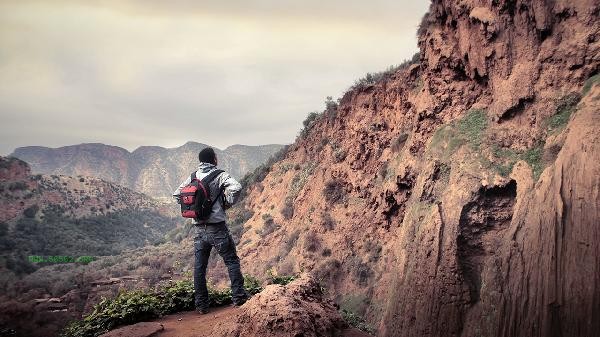Climbing mountains consumes about 300-600 calories per hour, and the actual consumption is influenced by factors such as body weight, exercise intensity, terrain slope, duration, and personal metabolic rate.

1. Body weight base:
The basal metabolic rate is positively correlated with body weight, and the larger the body weight, the more calories are consumed per unit time. An adult weighing 70 kilograms who climbs mountains at a moderate speed for one hour consumes about 500 calories, while a person weighing 90 kilograms can consume over 650 calories under the same conditions. Individuals with higher body fat percentage may consume 10% -15% more energy than those with higher muscle mass of the same weight due to lower muscle efficiency.
2. Exercise intensity:
Rhythm and heart rate are key indicators that determine energy consumption. Walking at a slow speed of 4 kilometers per hour consumes approximately 300 calories per hour, while climbing at a fast speed of 6 kilometers per hour can reach 450 calories per hour. If using weight-bearing mountaineering or intermittent sprinting methods, calorie consumption can be increased by 30% -50%. When using heart rate monitoring devices to control exercise intensity within the range of 60% -70% of maximum heart rate, the proportion of fat energy supply is highest.
3. Terrain slope:

Walking on a 15 degree slope consumes 50% more heat than walking on flat ground, while walking on a 30 degree steep slope increases energy consumption by 120%. For every 100 meters increase in altitude, the basal metabolic rate temporarily increases by 7% -12%. Compared to hardened trails, mountainous gravel roads require additional mobilization of core muscle groups, which can increase calorie expenditure by 15% -20%.
4. Duration: After continuous exercise for more than 30 minutes, the efficiency of body fat breakdown is significantly improved. The total consumption of continuous mountain climbing for 3 hours can reach 3.5 times the hourly data, as the body needs to mobilize more energy to maintain body temperature and muscle repair in the later stage. It is recommended to use a segmented recording method, and supplementing electrolytes every 30 minutes can prolong effective exercise time.
5. Metabolic differences:
Regular exercisers have stronger muscle mitochondrial activity, and the EPOC effect of excessive oxygen consumption after exercise can last for 24 hours, burning an additional 80-150 calories. Due to the decline in basal metabolism, middle-aged and elderly people need to increase their climbing frequency to compensate for insufficient single consumption. Female estrogen levels can affect fat mobilization efficiency, and exercise on the 14th to 21st day of the menstrual cycle has the best fat loss effect.
It is recommended to control the intensity of exercise by combining the heart rate range of climbing, and to perform 10 minutes of dynamic stretching before and after climbing to prevent injury. Carry portable foods such as nuts and bananas to replenish energy in a timely manner, and the daily climbing time should not exceed 4 hours. Attention should be paid to the selection of anti slip equipment during the rainy season, and it is recommended to use layered dressing method to maintain core temperature during high-altitude mountain climbing in winter. Regularly changing hiking routes can activate different muscle groups, and combined with cross training such as swimming, it can improve overall weight loss efficiency. Record each mountaineering data and gradually increase the load to sustainably optimize the heat consumption effect.




Comments (0)
Leave a Comment
No comments yet
Be the first to share your thoughts!